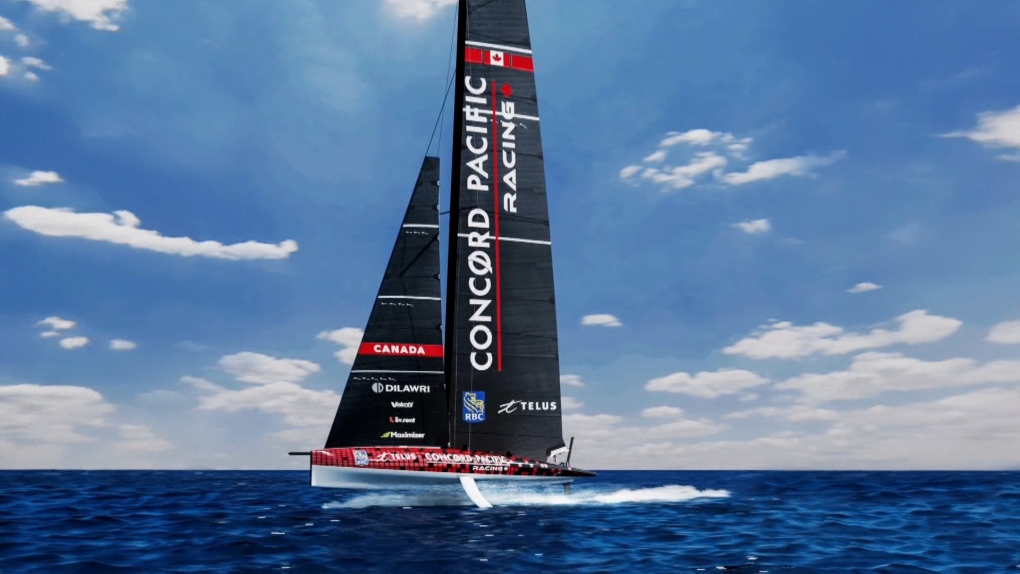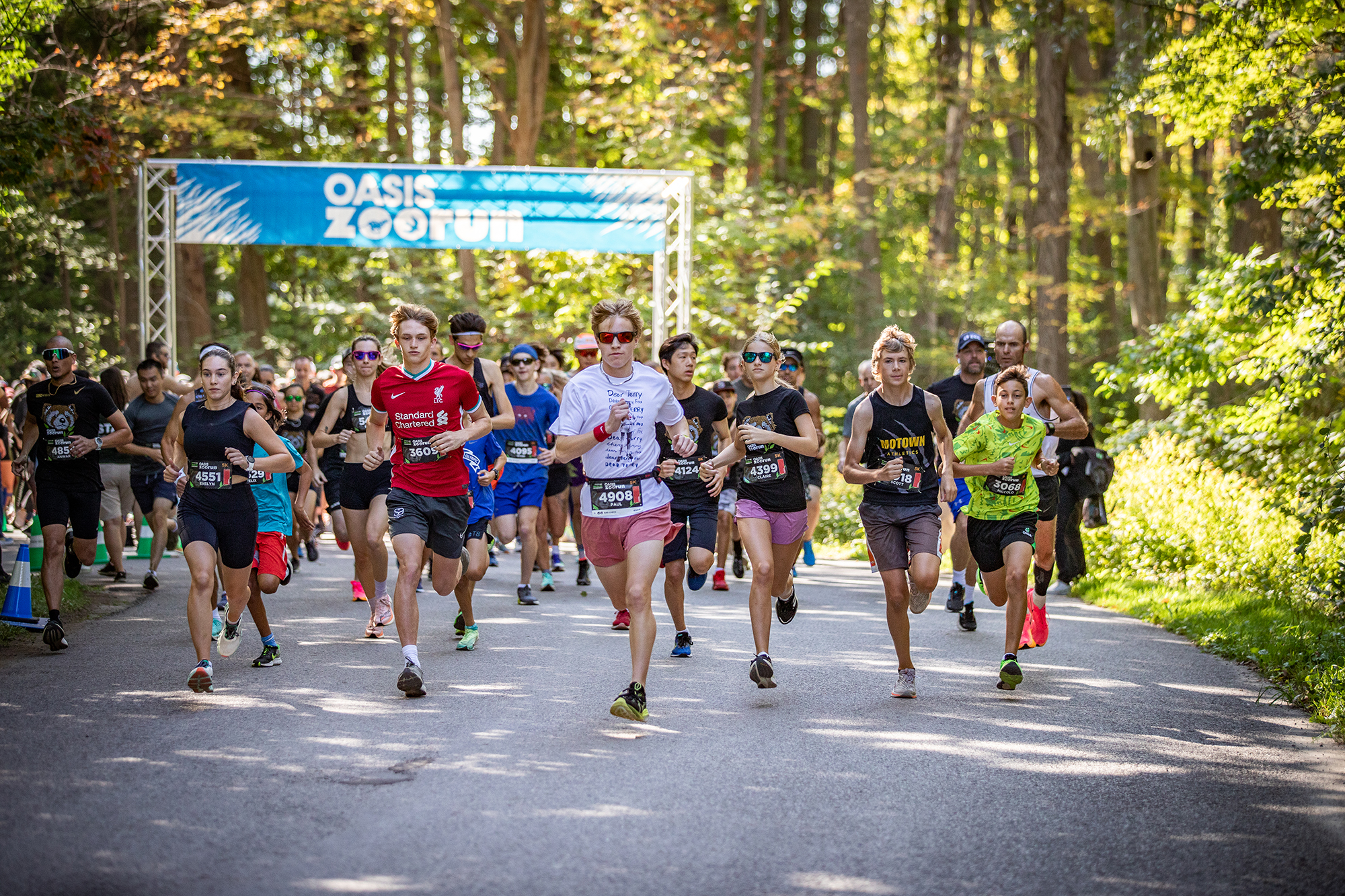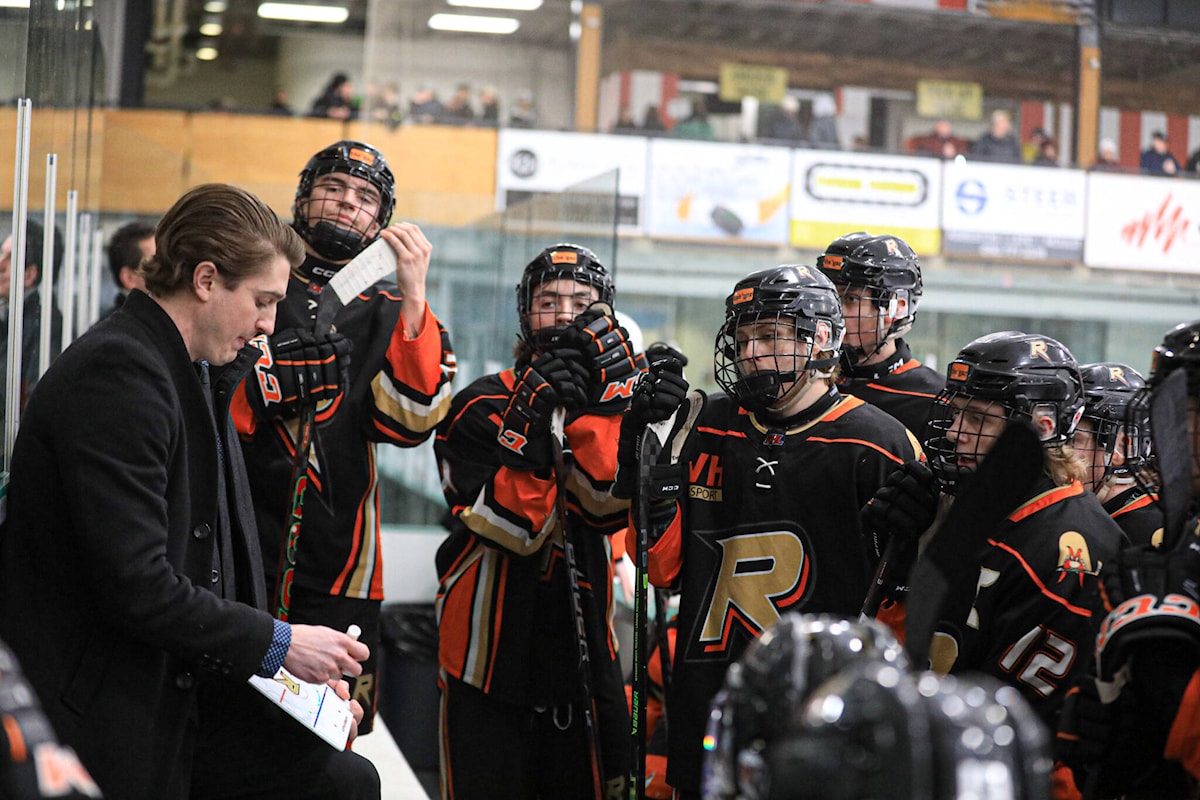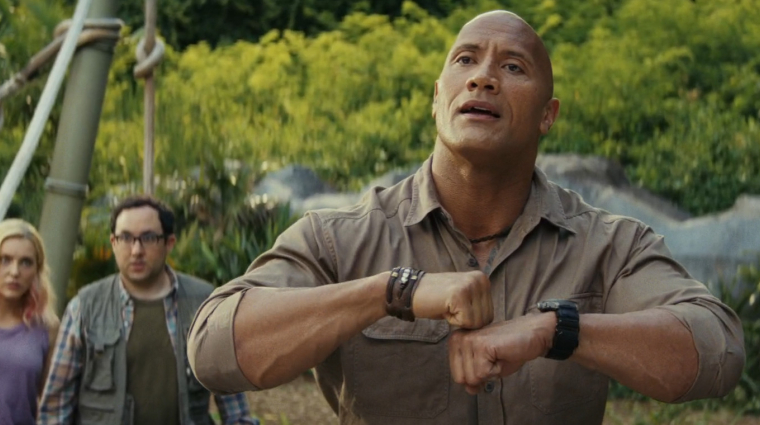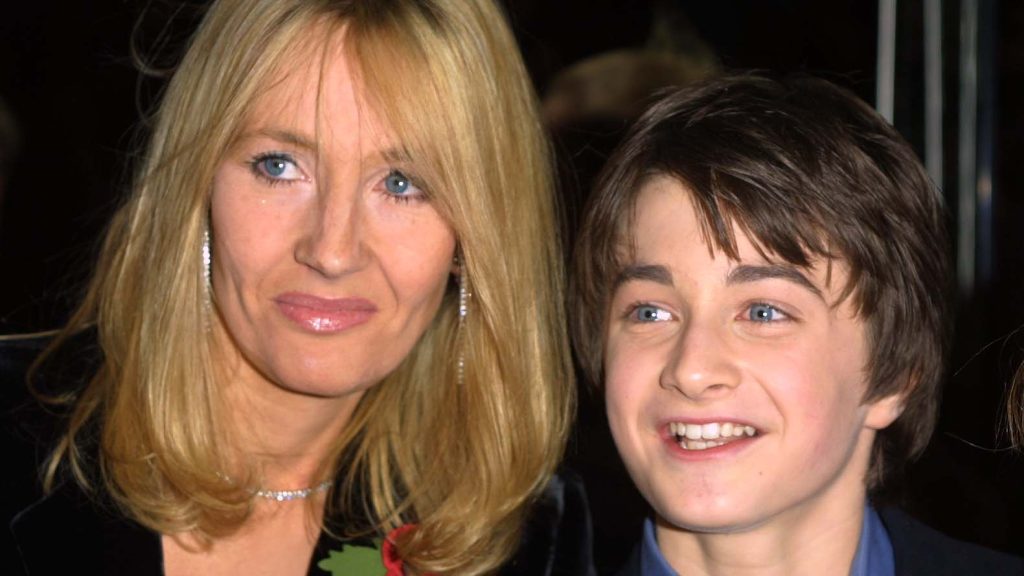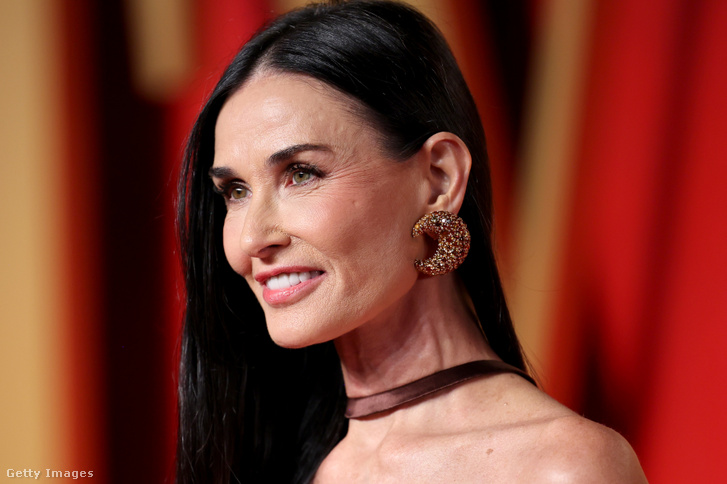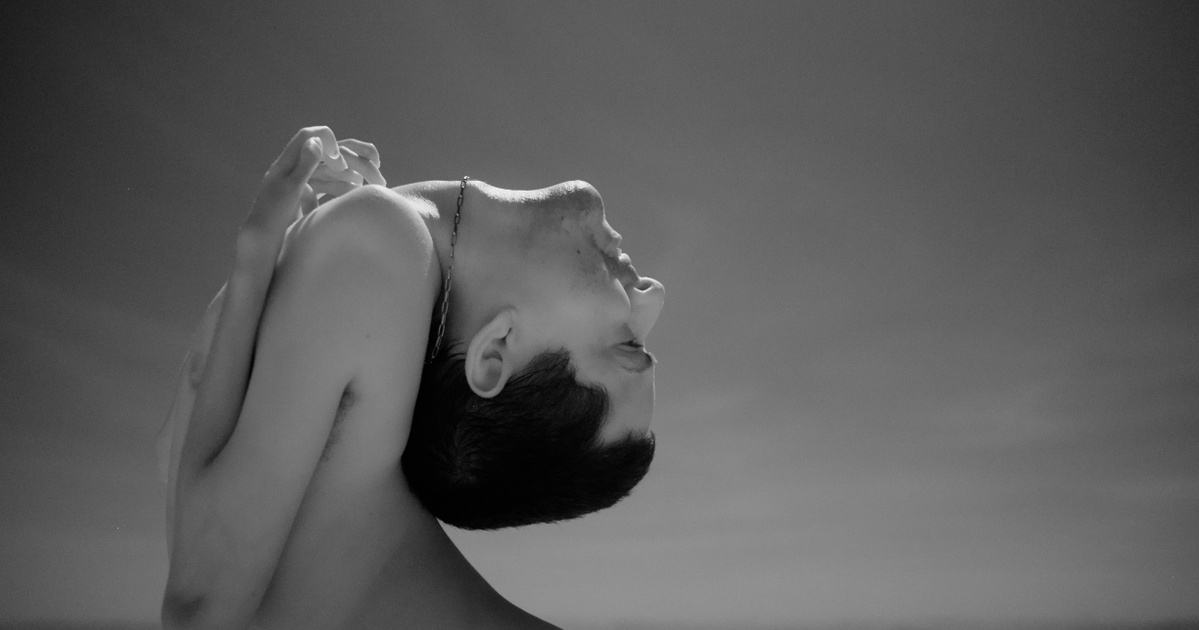Recognizing faces is relatively easy and quick for the general public, while recognizing faces that have been rotated 180 degrees and placed above their heads is difficult for everyone. Brad Duchene, a British scientist and psychologist at Dartmouth College, wanted to know whether this is because we have become accustomed to faces in this position throughout our lives, or whether this arrangement is the result of a more stable evolutionary inheritance.
To investigate Duchaine, he sought help from a special person: Brazilian Claudio Vieira de Oliveira. Claudio lives with a rare congenital disease that causes his limbs to be severely deformed and his head to rest between his shoulder blades. Although doctors expected him to be only a few days old when he was born, the 47-year-old has mostly seen faces that are 180-degree angles to him during his life.
Previous psychological experiments have found that the efficiency of face recognition depends on the angle of the face, and decreases significantly when the face is rotated 180 degrees. The question is how this all works for someone who constantly sees faces upside down. Duchenne therefore conducted several facial recognition tests with Claudio between 2015 and 2019, where he had to identify and identify different faces, including the so-called Thatcherite faces. In the latter, the so-called Thatcher effect can be observed, which means that in an inverted photo, we do not immediately realize that some features (eyes, mouth) are reversed – this phenomenon got its name from the fact that it was first shown in a photo of former British Prime Minister Margaret Thatcher.
The study found that Claudio detected inverted faces more easily than the control group, but had the same difficulty recognizing faces as normal people. This suggests that recognizing faces at well-regular angles is an evolutionary legacy, but that this ability is complemented by individual adaptation.
There was no clear advantage to having more experience with inverted faces, suggesting that our good ability to recognize faces has partly evolved to do so and encounters like these, so our visual system may be more effective at recognizing upright faces than inverted faces.
Duchenne explained Claudio’s findings.
However, the study had a surprising result: the Brazilian man performed much better when shown Thatcherite versions of faces in natural situations. According to the researchers, this may be due to the fact that facial recognition and facial identification are two completely different functions and also develop differently.

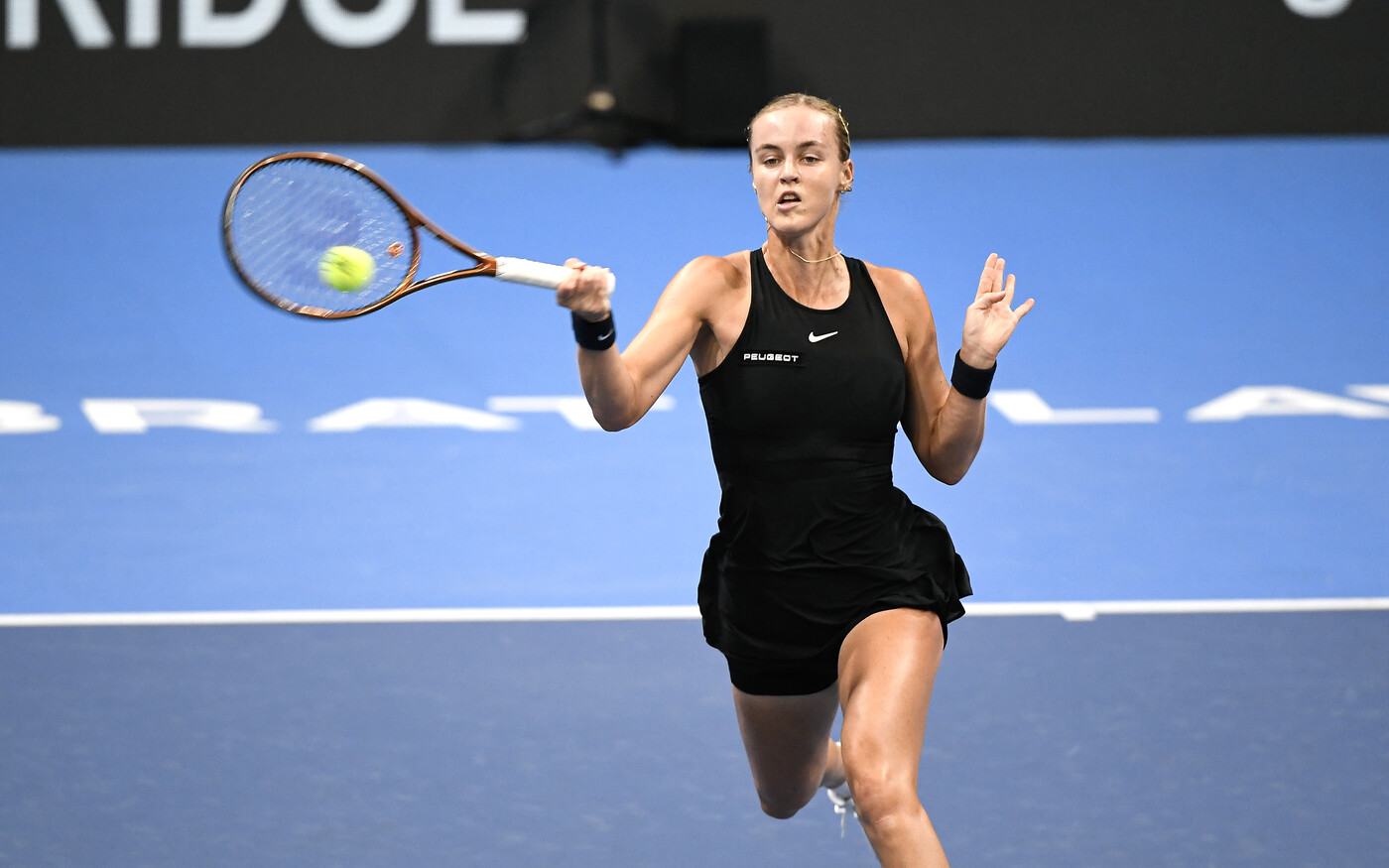
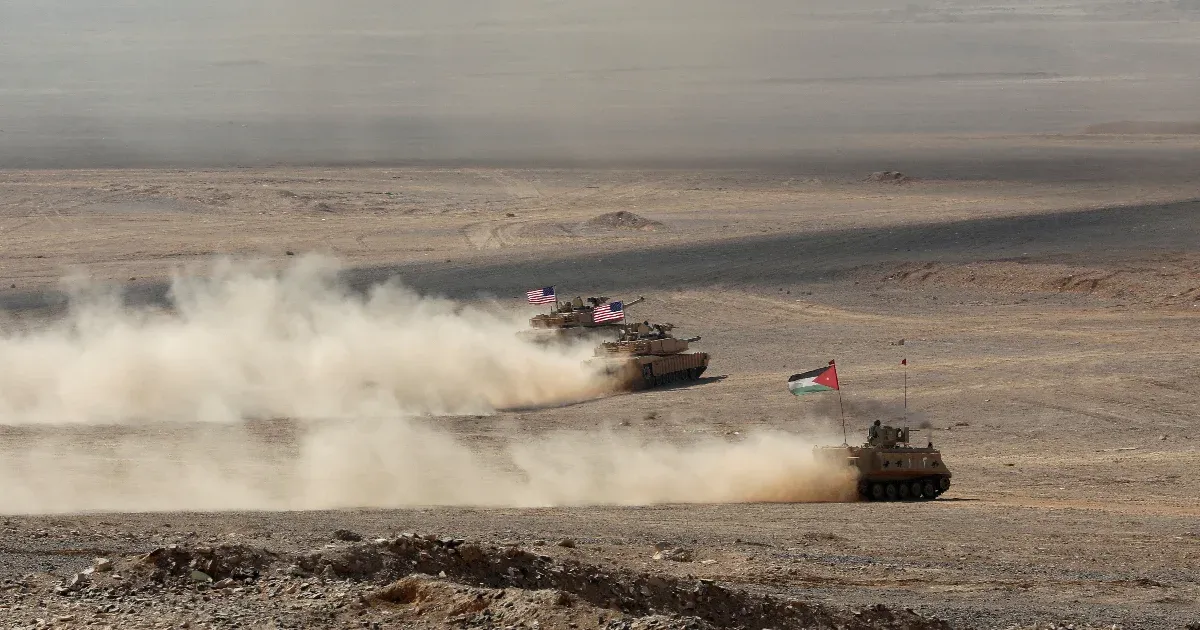




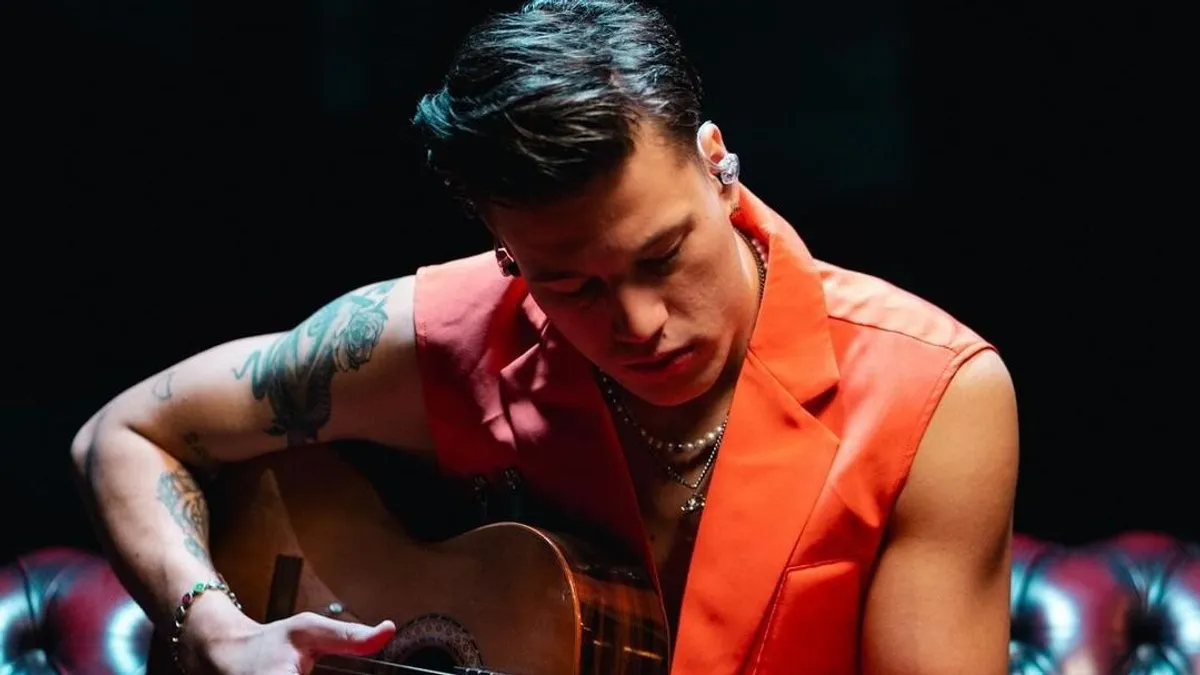
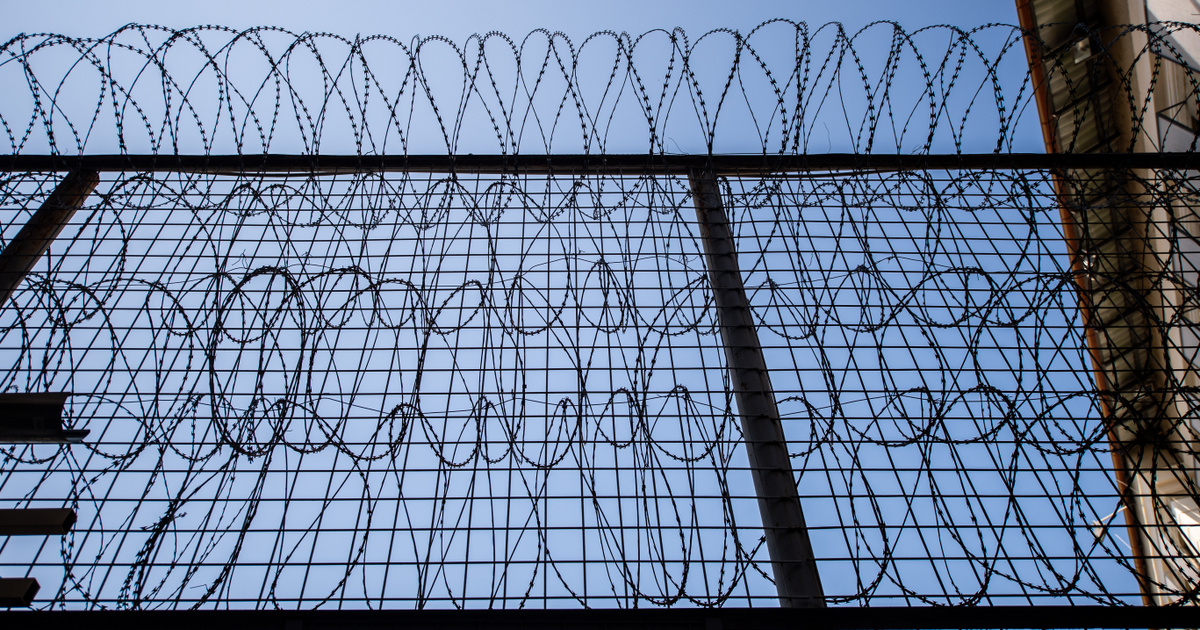


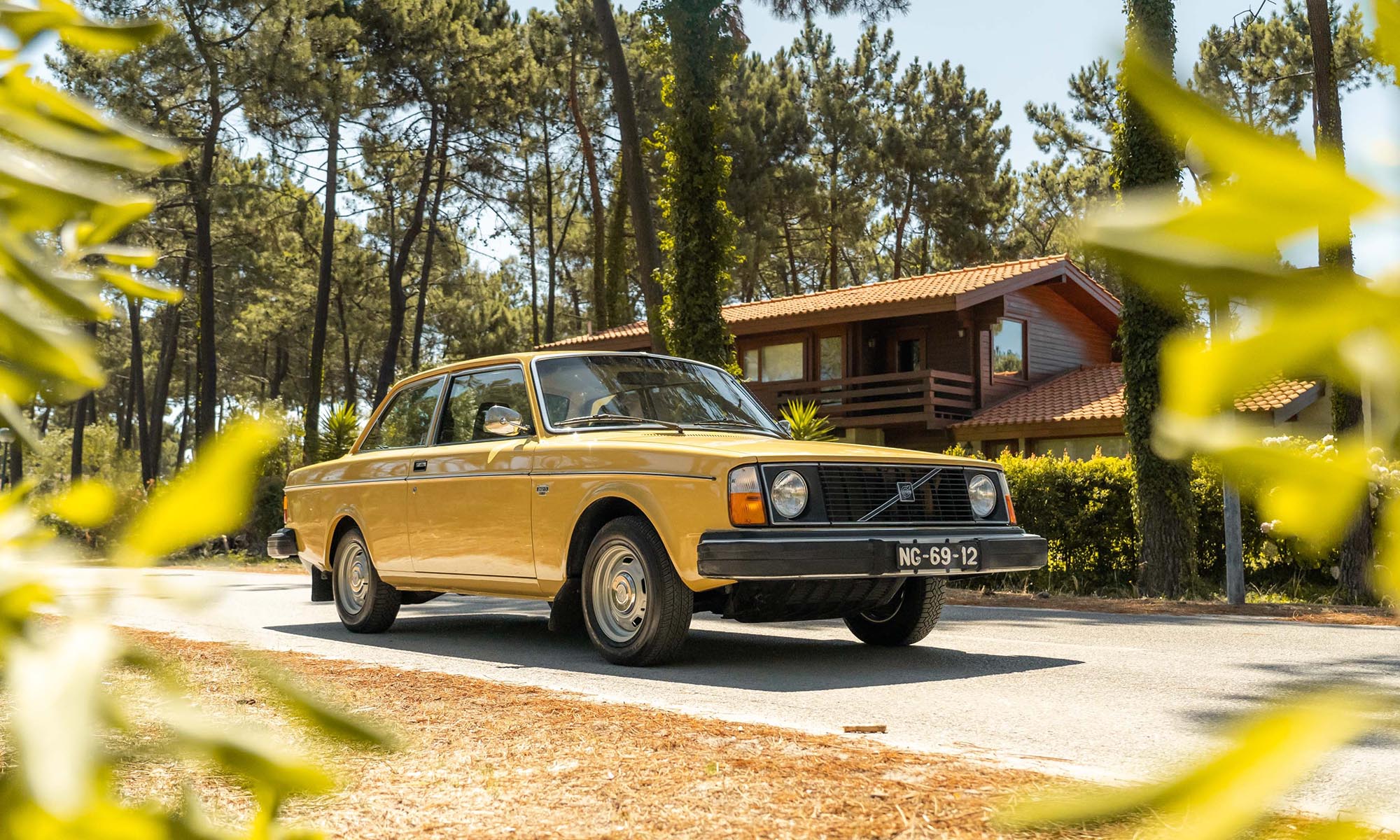
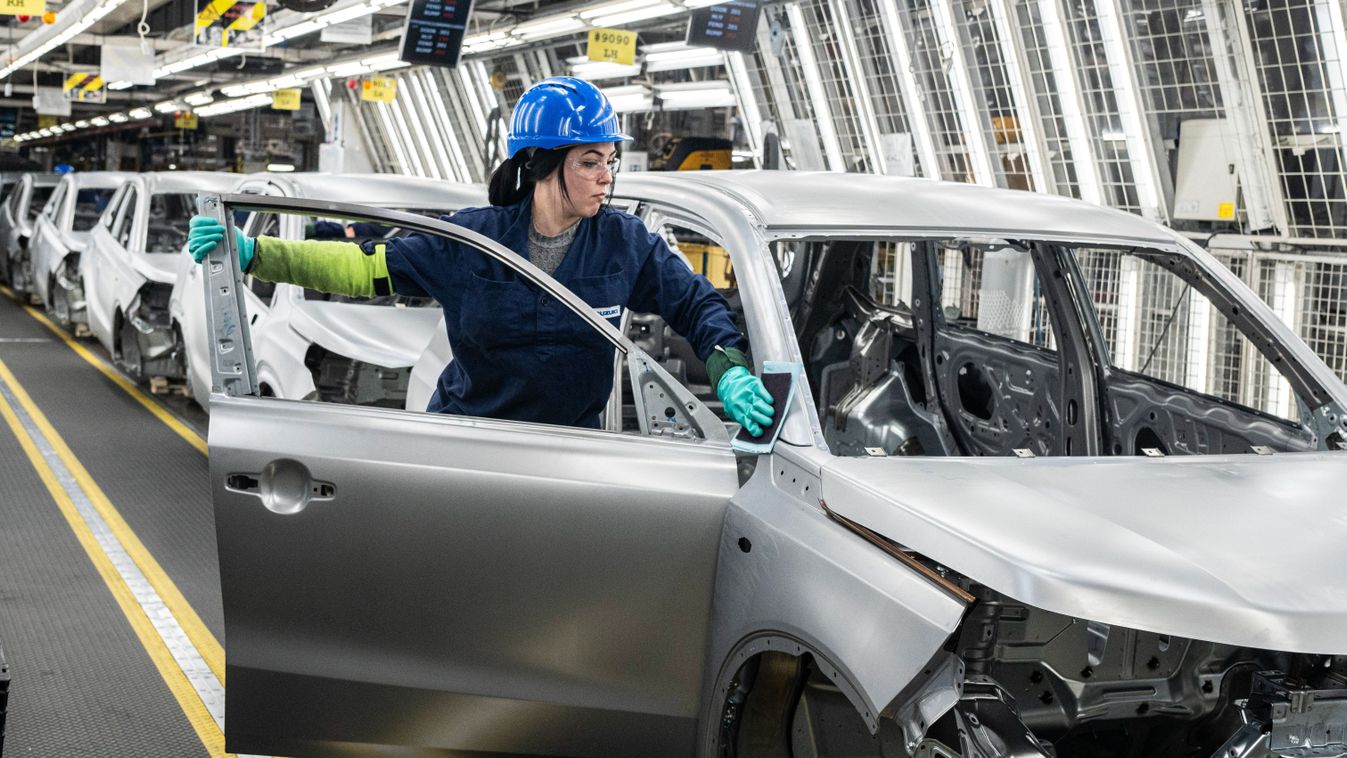


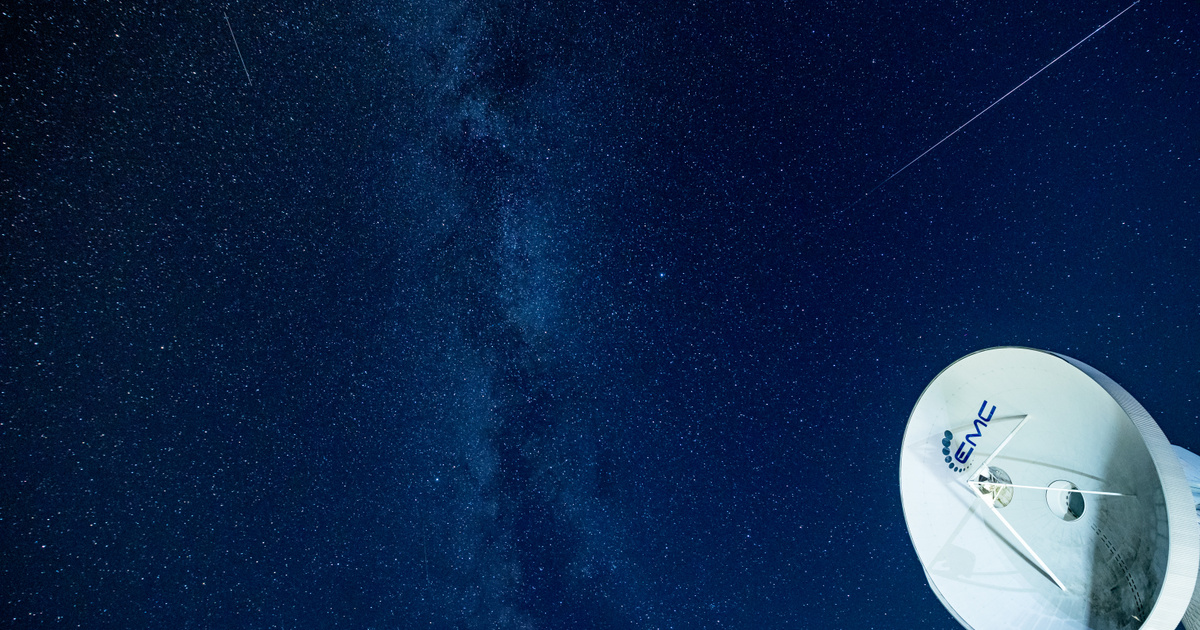
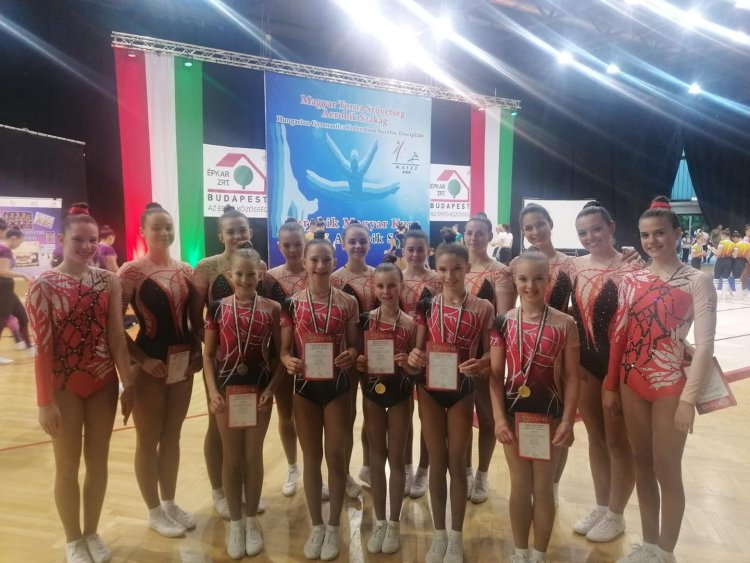
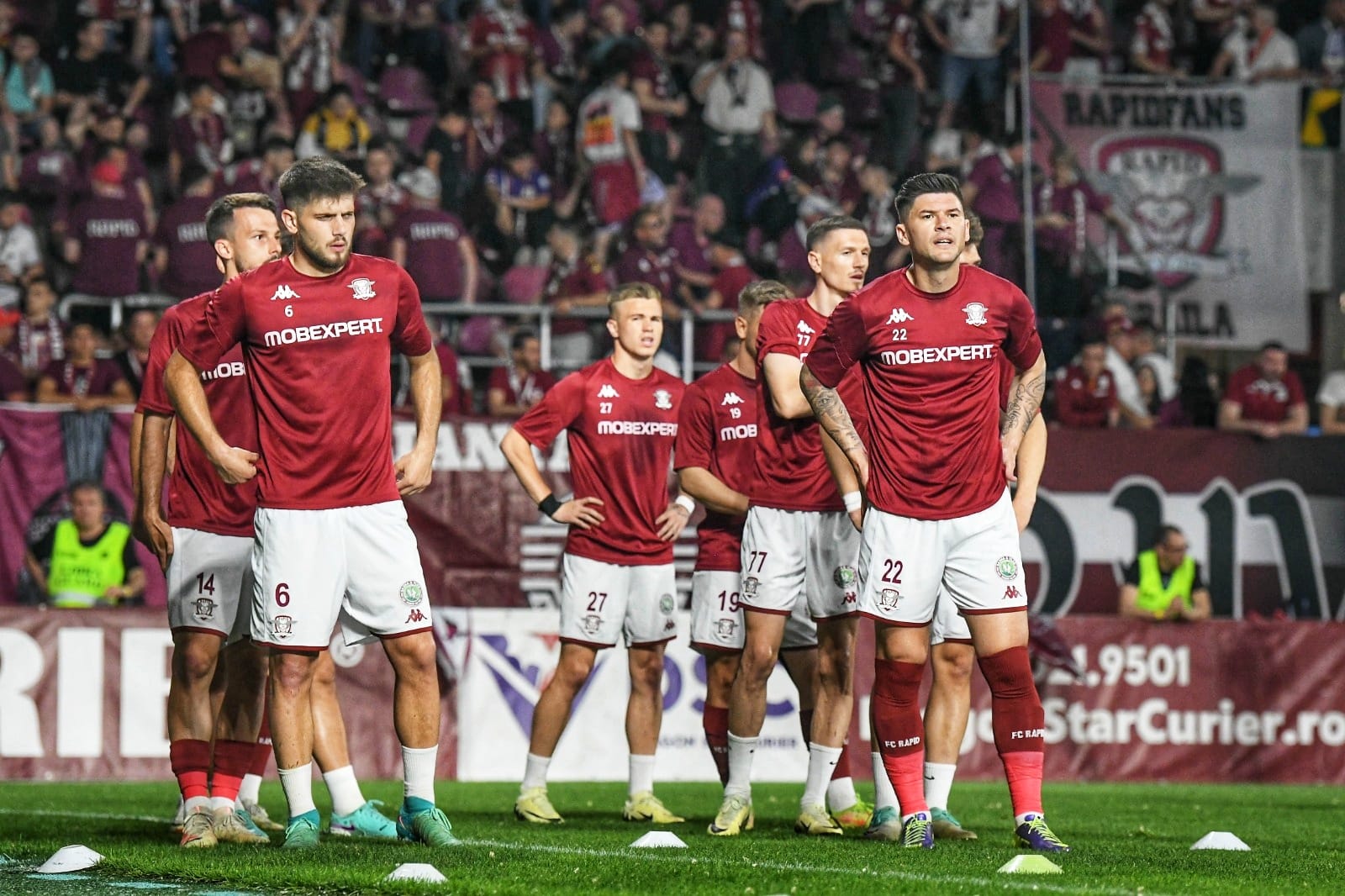

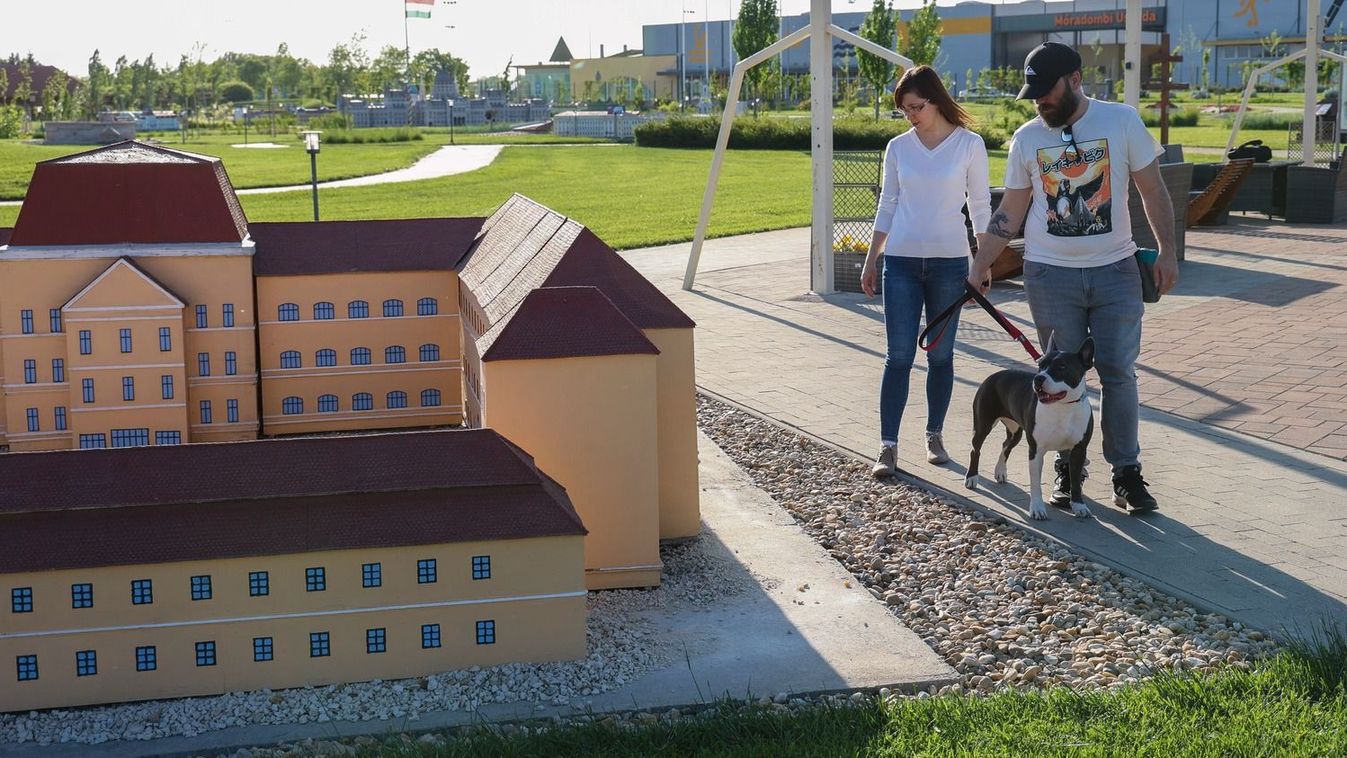
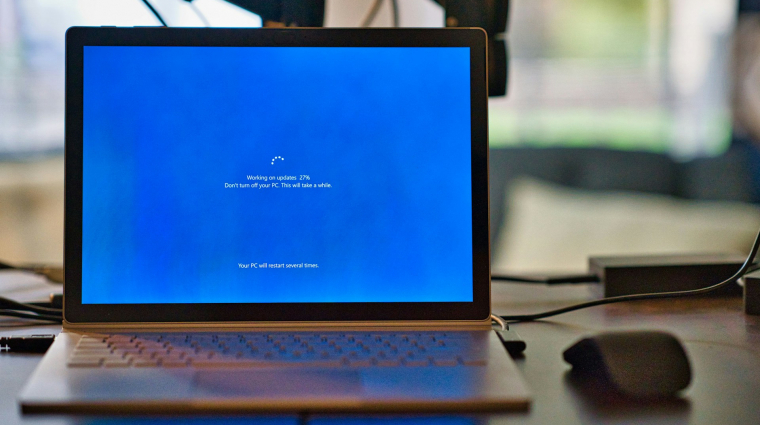
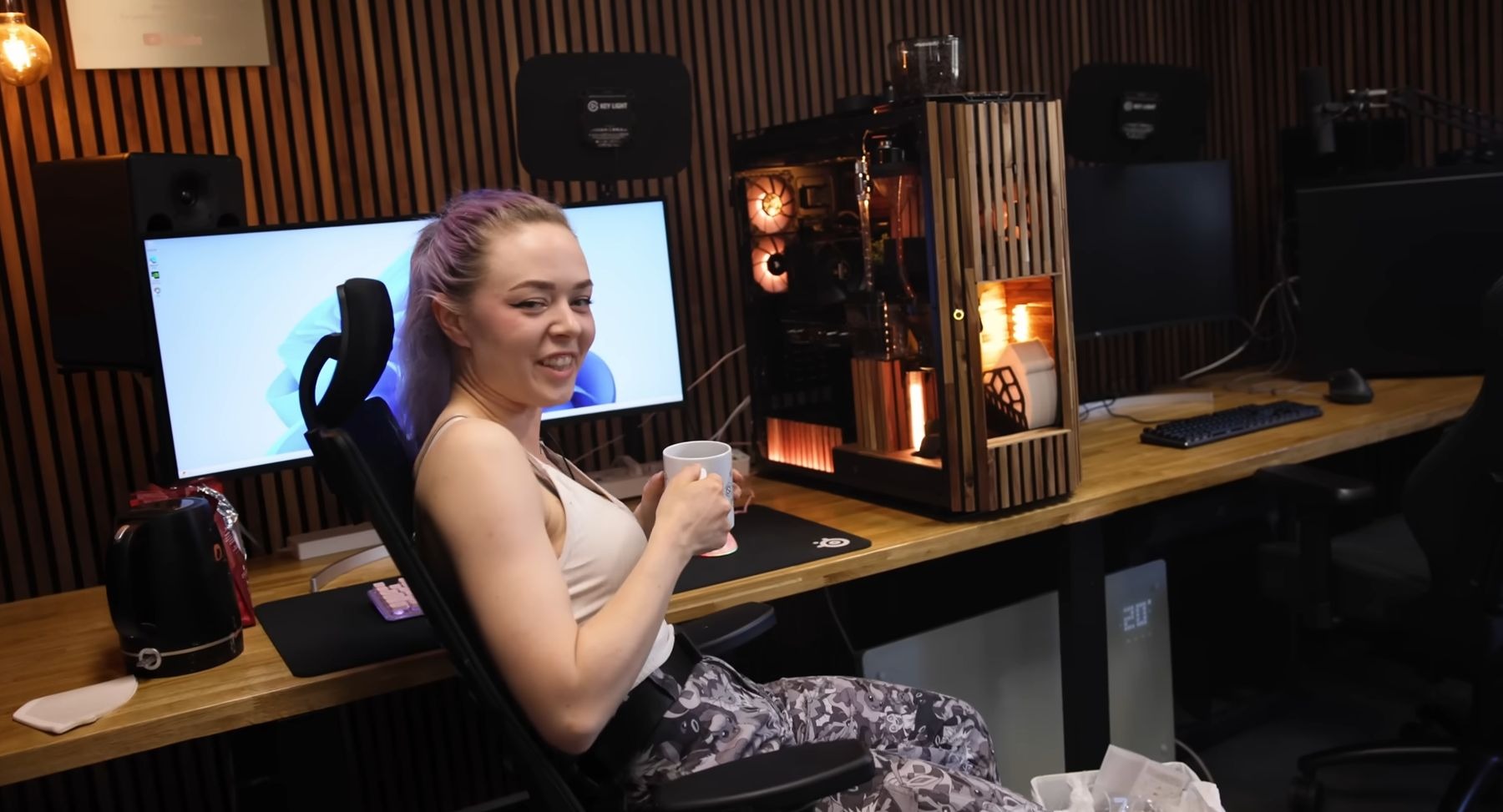
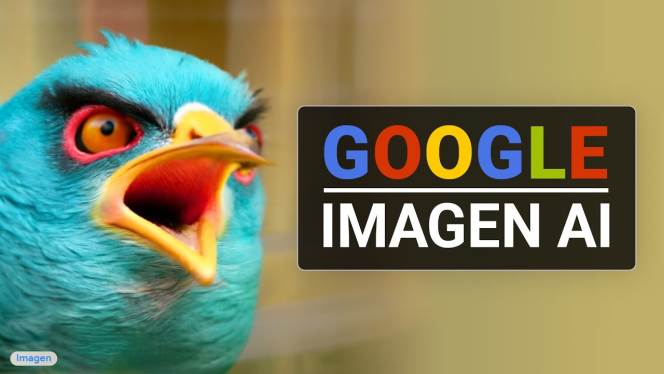
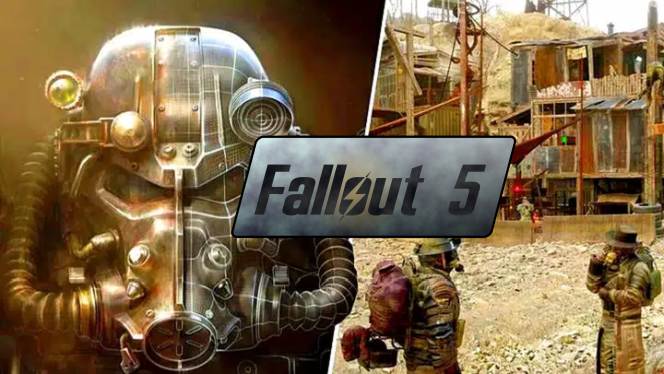
![Fera: The Sundered Tribes will also be released on consoles [VIDEO]](https://thegeek.hu/wp-content/uploads/sites/2/2024/05/thegeek-Fera-The-Sundered-Tribes-1.jpg)

